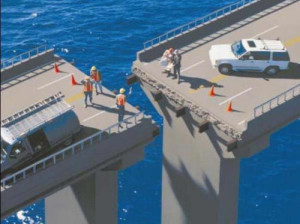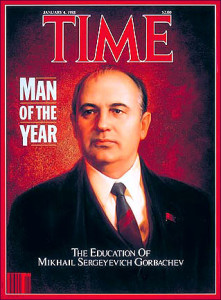 People find creative uses for things. We use lifejackets as cushions, books as coffee coasters and paperclips to fix bra straps.
People find creative uses for things. We use lifejackets as cushions, books as coffee coasters and paperclips to fix bra straps.
But we never forget their original design. No one confuses new creative uses with original purpose.
Medical associations formed to do things that doctors could not do on their own. Doctors joined to promote education, safety and best medical practice. They soon began to advocate for MDs in talks with government and other stakeholders.
Medical associations became the home doctors relied on for everything from insurance and estate planning to incorporation and collective bargaining. Associations serve as the place doctors turn to for unquestioned support.
Doctors need their associations. Many associations forget that they need their doctors even more.
Medical Associations
Many medical associations face a crisis. Voluntary members do not renew memberships like before. Involuntary members grumble or decline requests to help out.
Across North America, members leave if they can. Those forced to stay are not happy. Associations grow by focusing on recruiting new members instead of keeping the old ones.
Good
Great associations make their members proud.
They tackle issues that members care about and do it in a way that draws praise from outsiders. The public admires the association.
Annual dues offer great value for money, and members are happy to contribute time and energy on committee work.
Bad
A few associations embarrass members. They forget that power rests with members, that leadership requires followers.
Bad associations help governments and other stakeholders get ahead at the expense of their own members.
They pretend medical politics has nothing to do with politics. They promote partisan issues in tasteless fashion and presume to speak for all without evidence of support.
Irrelevant
Many associations simply lose touch. They desperately seek the majority opinion, trample on diverse views and end up speaking for no one.
Irrelevant associations cling to legacy above all else. They care more about what they did than what they do. They fear change and adjust course only when disaster proves certain, not a moment before.
Many join the ranks of social justice warriors and special interest groups. They let their vision get hijacked; desperate to win the approval of vocal social influencers as a way to boost legitimacy, and hopefully memberships.
Irrelevant associations have members, but not committed ones. Members would leave if they could find the same services somewhere else. They stay because they have no better option, not because they love their association.
Getting it Right
Like lifejackets, doctors need their associations in a crisis. While their associations served all sorts of creative functions in between crisis, they must not fail in those rare times when the sky truly falls.
Lifejackets do not remove all sense of panic. People still feel they might drown or freeze. So too, associations cannot remove all sense of panic while they lead doctors to safety.
Thomas Edison tested over 3000 prototypes before submitting his first commercial patent for the incandescent light bulb in 1879.
Unfortunately, associations do not have 3000 tries to get it right. They usually take ages – sometime years – to realize they’re failing. By then, there’s little hope of success. Failed associations look more like bridges that don’t meet in the middle than quaint attempts at creating light.
Medical Family
Accidents will occur in the best-regulated families (Dickens). Our families only appear as kind, smart or as thoughtful as the people out front, in the public eye.
Every doctor has a medical association family. If doctors want their association to be bright, articulate, kind and relevant, then it will only be as bright, witty, articulate and engaging as the members who get involved.
Especially in a crisis, medical associations need as much help as they can get. Their power comes from members, from doctors’ passion and energy.
Doctors need great associations now more than ever. Strong associations rely on equally strong support from their members. Let’s hope associations remember why they exist and that doctors remember their associations are nothing without member support.
photo credit: www.goodreads.com


